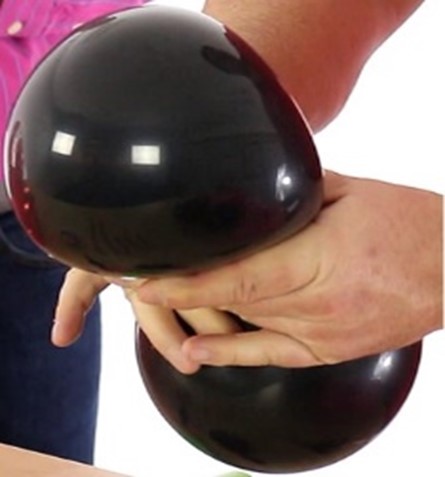We’ve likely all been guilty of sucking in our bellies at some point. Whether it’s when wearing formfitting clothes, trying to hide an early pregnancy, or working out and hearing the instructor call out “engage your core!” throughout the entire class — the habit of sucking (or holding) in the belly is a pervasive habit today. Whatever the reason, however, sucking in your belly has several negative consequences (including a weaker core).
In this article, we’ll discuss what happens when you chronically “suck in” your belly, and then teach you how to more effectively, and safely, “engage your core” for improved aesthetics and function.
What Happens When you Suck In
Breathing is your body’s “master regulator.” Everything from your nervous system, to your hormonal function, blood pressure regulation, digestion, immunity, energy level, and even posture are impacted by the way you breathe.
In order to breathe optimally, your breath must be unrestricted in three dimensions. This is what we refer to as 360° Breathing (a.k.a the #1 most effective core exercise). When you inhale, the space in your abdominal cavity should expand — outward and downward. Then, on your exhale, the space gets smaller. This unrestricted expansion and contraction as you breathe creates a harmonious “pumping mechanism” in your core that helps to regulate pressure.
When you chronically hold your belly taut, or suck it in, your breath can no longer expand in three dimensions. This disrupts the harmonious pumping mechanism mentioned above, and thereby creates a pressure buildup in your core that can create a host of issues.
To help you visualize this, imagine blowing up a balloon. As you blow air into the balloon, it expands in three dimensions. This is what happens during an inhale when your belly is relaxed. Now, imagine using your hands to squeeze that balloon around the middle, as in the photo below.

Note how the middle gets smaller but the top and bottom bulge outwards. That is essentially what is happening when you suck in: you restrict expansion in one area but then the internal pressure gets redirected up to the chest area and down onto your pelvic floor. Let’s look at the effects of this upward and downward pressure below.
The Negative Consequences of Sucking In
This redirected pressure has the following consequences:
- Upward pressure: restricts the ability of the lungs to fully expand, which encourages apical breathing. This can lead to things like higher stress levels, stiffness, movement restriction, and pain in the neck and shoulders.
- Downward pressure: increases stress on the pelvic floor muscles. This can exacerbate pelvic floor dysfunction, especially during pregnancy, given the increased stress already placed on the pelvic floor.
- Reduced core activation: Without a full expansion on the inhale, you cannot achieve a maximum contraction on the exhale. So, chronically engaging actually limits core activation.
How to Stop “Sucking” and Start Strengthening your Core
Here are some tips to help you break the sucking in habit, and start a new habit that can improve everything from your core strength to your overall health:
- Pay attention: Various times during your day — such as when waiting in line, standing and talking, or working out — take note if you find yourself holding in your stomach. If you find that you’re holding tension there, make a conscious effort to relax. NOTE — you may “catch yourself” doing this a lot. Don’t stress. Habits take time to change. The important thing is to become aware of your habits, which is certainly a step in the right direction.
- Practice 360° Breathing: There is a reason we call it the #1 most effective core exercise. Now that you understand that breathing is your body’s “master regulator,” you know that if you can learn to breathe optimally, it has a cascade of positive effects on every system in your body.
- Engage when you EXHALE: When you learn 360° Breathing, you will understand the importance of engaging your core as a result of your exhale. You never want to “draw in” your belly on your inhale (or suck in), as this leads to the negative consequences we just discussed. Think of “exhaling on the effort” and this will help you generate force in a way that protects your core.
Want Additional Resources?
For additional resources to help you exercise safely and effectively during pregnancy, explore our training programs and services. You’ll find a variety of offerings tailored to different needs — from education, to self-guided programs, to the ability to work with an expert coach.
Or, if you’re a health & fitness pro interested in coaching pre & postnatal clients, check out our ProNatal Education & Certification.
